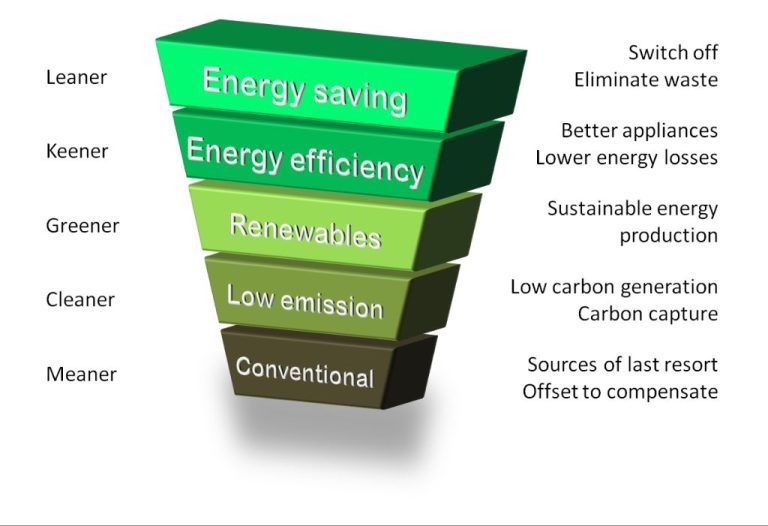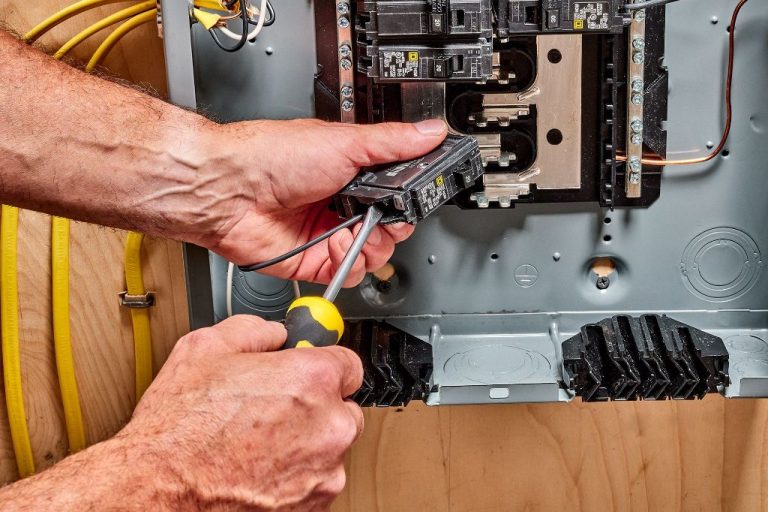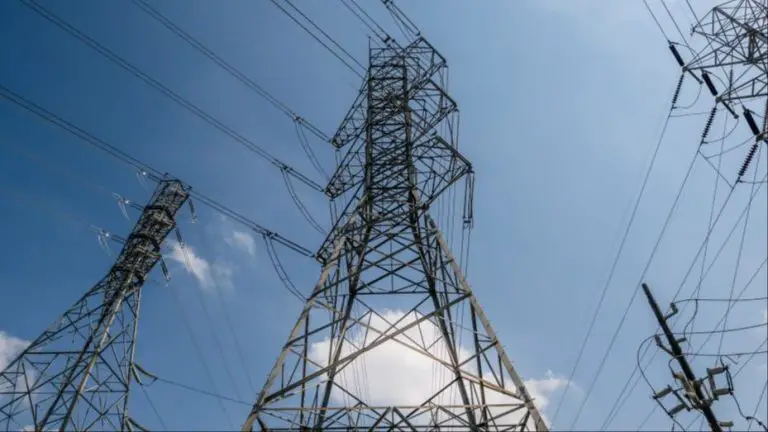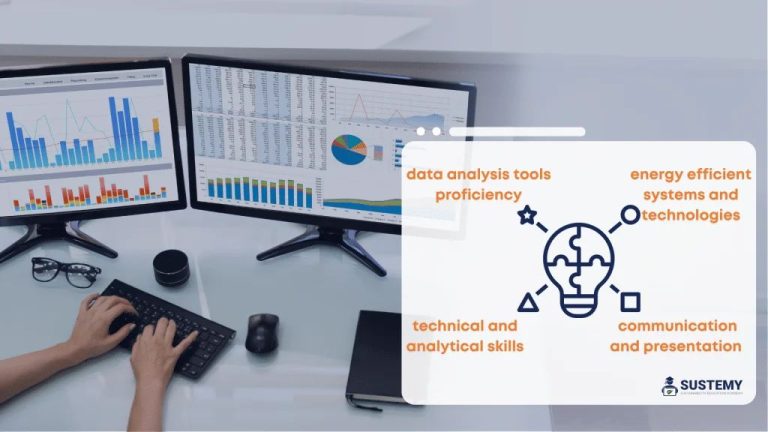Do Schools Use A Lot Of Energy?
Do Schools Use a Lot of Energy?
With tight budgets and increasing energy costs, energy efficiency is top of mind for many school administrators. Schools use a significant amount of energy to power lighting, heating, cooling, appliances, and equipment for students and faculty. In fact, energy is typically the second highest operating cost for schools behind personnel salaries and benefits. Understanding where and how schools use energy can help identify opportunities for savings through conservation, efficiency, and renewable energy. This article will analyze the major energy uses in schools and discuss ways schools can reduce their energy consumption and costs. By improving sustainability, schools not only save money but also provide healthier, more comfortable environments conducive to learning.
Average Energy Usage
Schools use significant amounts of energy each year for daily operation. According to the U.S. Energy Information Administration (EIA), K-12 schools accounted for 8% of total commercial energy consumption in 2018. On average, K-12 schools in the U.S. use around 10 kBtu per square foot annually.
The largest share of a school’s energy use goes towards heating, ventilation, and air conditioning (HVAC) to heat and cool the buildings. HVAC accounts for 45% of total energy usage on average. Lighting is the second biggest usage, accounting for around 20% of energy. Appliances, computers, kitchen equipment and other plug loads make up another 20%. The remaining 15% goes towards water heating and other miscellaneous uses.
These average breakdowns can vary considerably depending on the school’s climate zone, building age, equipment efficiency, and operational practices. But in most cases, priorities for reducing energy usage will focus on upgrades to HVAC and lighting systems. Basic improvements like weatherization, equipment maintenance, and adjusting thermostats/schedules during unoccupied hours can also yield significant savings.
Factors Affecting Energy Use
A school’s energy usage can vary greatly depending on several key factors like the age and size of the building, climate and weather conditions, and the types of activities occurring inside. Older buildings tend to be less energy efficient than newer ones built to modern energy codes. Climate also plays a major role, with schools in very hot or cold regions requiring more energy for heating and cooling. The number of computers and other appliances, as well as amenities like swimming pools and auditoriums, also contribute to higher energy demand. Here are some of the top factors that affect a school’s energy use:
Age of Building
Older school buildings tend to use more energy per square foot. They often lack proper insulation, have outdated HVAC systems, inefficient lighting, and single-pane windows that increase heating and cooling loads. Newer buildings constructed under modern building energy codes tend to incorporate better insulation, high-efficiency HVAC and lighting systems, double-pane windows, and other energy-saving features.
Climate
Climate can significantly impact how much energy a school uses, especially for heating and cooling. Schools located in extremely cold or hot climates require more energy to maintain comfortable indoor temperatures. While those in more temperate climates may not need as much heating or air conditioning. A school in Alaska uses around twice the energy per square foot for heating compared to one in Hawaii.
School Activities
The number of students and types of activities also affect energy use. Schools with large enrollments, more computers and appliances, swimming pools, auditoriums, and extensive sports facilities require more energy. Usage also spikes during busy periods versus weekends or breaks when the school is empty. Implementing sensors, timers, and other methods to reduce energy waste when spaces are unoccupied can provide major savings.
Heating & Cooling
Heating and cooling systems are one of the biggest users of energy in schools. Older buildings often have outdated and inefficient HVAC systems that waste energy trying to regulate temperatures across large areas. Schools in extreme climates may spend over half their energy budget heating classrooms in winter and cooling them during hot summer months.
There are several ways schools can reduce energy usage for heating and cooling:
- Upgrade HVAC equipment to more energy-efficient systems
- Install programmable thermostats to adjust temperatures when spaces are unoccupied
- Seal air leaks around windows and doors to prevent heat loss/gain
- Add insulation to improve climate control efficiency
- Use passive solar design to utilize natural light and ventilation
- Plant trees and add window shades to reduce solar heat gain
- Encourage staff and students to only heat/cool spaces when occupied and close doors/windows
With some upgrades and changes in behavior, schools can greatly reduce the energy required for heating and cooling their facilities.
Lighting
Lighting accounts for a significant portion of a school’s energy usage. Traditional incandescent and fluorescent lighting can consume large amounts of electricity to provide adequate illumination throughout classrooms, hallways, gymnasiums, and other spaces. However, advancements in LED technology are enabling schools to dramatically cut lighting energy usage while improving light quality.
LED lighting offers schools considerable energy savings over traditional lighting options. LED bulbs are far more energy efficient, using at least 75% less energy and lasting 25 times longer than incandescent lighting. They also use about 30-80% less power compared to fluorescent lighting. Switching to LEDs in high-use areas like classrooms, hallways, cafeterias, auditoriums, and gymnasiums can yield substantial energy and cost savings.
Beyond energy efficiency, LED lighting provides additional benefits for learning environments. LEDs produce a brighter, crisper light that improves visibility. They also reach full brightness immediately upon turning on, while fluorescents can take time to warm up. LEDs contain no mercury or other hazardous materials, simplifying disposal and reducing environmental impact. And with their long operational life, LED bulbs reduce maintenance costs due to less frequent replacements.
By upgrading old fluorescent and incandescent lighting to new, energy-efficient LED technology, schools can reduce their lighting electricity usage, lower costs, and provide quality interior lighting for students and staff.
Appliances & Equipment
Schools contain a wide variety of appliances and equipment that consume electricity. Items like computers, printers, copiers, televisions, kitchen appliances, and shop tools all require power to operate. An analysis of plug load energy use through an energy audit can identify significant savings opportunities.
Plug loads account for about 20-30% of a school’s energy use. Older appliances tend to use more energy than new ENERGY STAR rated models. Replacing aging refrigerators, ovens, and other kitchen appliances provides a simple way to reduce energy consumption. Upgrading to energy efficient electronics like LED televisions and monitors, as well as enabling power management settings on computers and printers, can also lead to meaningful energy savings.
By analyzing the plug load energy use of equipment, schools can optimize schedules to power down items when not in use, such as nights and weekends. Smart power strips that sense occupancy or device usage are another easy way to cut phantom load from idle electronics and appliances. Prioritizing energy efficiency for future equipment purchases completes a comprehensive strategy for reducing plug load energy use.
Water Heating Energy
Heating water can be one of the largest energy uses in a school. From supplying hot water for showers in locker rooms, to heating water for sinks and cafeterias, schools use a significant amount of energy for water heating.
One of the most energy intensive water uses is heating water for pools. Maintaining an ideal water temperature for swimming pools requires constant heating. Schools with pools often have large boilers dedicated just for pool heating. Some strategies to reduce pool heating loads include using pool covers when not in use to retain heat, lowering pool temperature setpoints, and utilizing solar thermal systems to provide supplemental heating.
For sinks and general cleaning uses, installing low-flow faucets and showerheads can reduce hot water demand. Setting hot water heaters to 120°F, insulating pipes, and maintaining hot water systems are other ways schools can reduce water heating energy.
Renewable Energy
Many schools are turning to renewable energy sources to help offset their energy usage and costs. Some of the most common types of renewable energy being used at schools include solar, wind, and geothermal.
Solar – Installing solar photovoltaic panels on rooftops and over parking lots is an increasingly popular way for schools to generate their own electricity from the sun’s rays. Solar PV systems at schools can offset a significant portion of electricity from the grid. Many schools are also installing solar thermal systems to heat water.
Wind – Some schools have installed their own small wind turbines to harness wind energy. This is more feasible for rural schools with ample wind resources. Wind turbines can provide supplemental power to the school.
Geothermal – Geothermal heating and cooling systems use the stable temperatures underground to control temperatures inside school buildings. This is done through a ground source heat pump system. Geothermal systems are energy efficient options for heating and cooling schools.
Transitioning to renewable energy sources allows schools to save substantially on utility bills, reduce their carbon footprint, and serve as clean energy role models for students.
Behavior & Policy
Schools can implement policies and incentives to encourage energy-saving behaviors that reduce electricity usage. For lighting, schools may establish rules about turning off lights when classrooms and other rooms are not in use. Timers, motion sensors, and daylight harvesting can also help reduce unnecessary lighting. Policies around powering down computers, printers, smart boards, and other equipment when not needed can also generate significant energy savings. Schools can even organize contests challenging classrooms to reduce energy use. Financial incentives for reducing energy bills may further motivate behavioral changes. Overall, small habitual changes enabled by school policies, technology, and engagement around energy use can accumulate to substantially lower a school’s electricity consumption.
Conclusions
In summary, schools can use a significant amount of energy due to their size, operations, and the many systems required to maintain a safe and comfortable learning environment. The largest energy uses in schools are typically heating, cooling, lighting, appliances/equipment, and water heating. There are many opportunities for schools to improve efficiency and reduce costs through behavior change campaigns, upgraded equipment and systems, renewable energy, and improved operations and maintenance. School districts across the country have successfully implemented energy savings projects, often with short payback periods. With smart energy management, schools can provide healthy, productive learning environments while minimizing energy waste and costs.
School leaders should conduct energy audits to identify savings opportunities, implement behavioral and operational changes, upgrade aging and inefficient systems, utilize controls and automation, and consider onsite generation. Teachers can engage students on energy-saving actions in class assignments or clubs. We all have a role to play in using energy wisely. With persistence and creativity, schools can reduce their energy usage while continuing to provide quality education.





